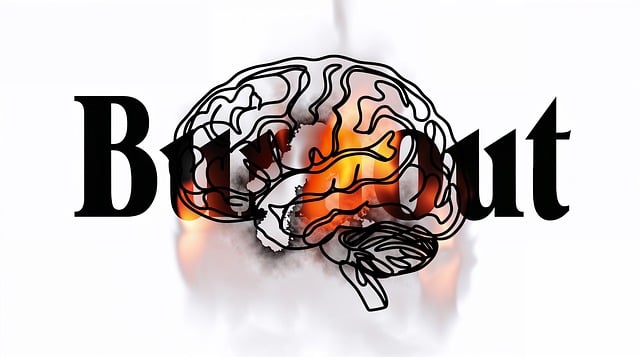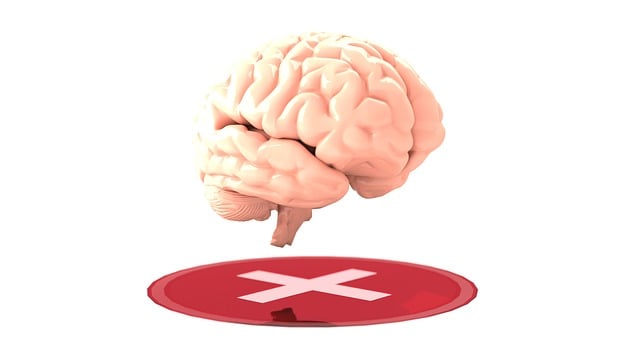Crisis intervention for bilingual individuals requires cultural sensitivity, multilingual professionals, and adapted communication strategies. Effective therapy for bilingual clients starts with proficiency in both languages and culturally-aware techniques. Using primary languages, open dialogue, mindfulness, and stigma reduction enhances emotional exploration and fosters trust, leading to better crisis resolution and long-term mental well-being tailored specifically to bilingual needs.
In today’s diverse society, effective crisis intervention for bilingual individuals is paramount. This article guides professionals through essential strategies tailored to the unique needs of those who speak multiple languages. We explore critical components such as understanding cultural nuances, implementing effective communication techniques in therapy, and fostering supportive environments. By delving into these areas, we aim to enhance support systems and ensure culturally competent care for bilingual clients navigating crises.
- Understanding Crisis Intervention for Bilingual Individuals
- Effective Communication Strategies in Therapy
- Cultural Considerations and Supportive Environment Creation
Understanding Crisis Intervention for Bilingual Individuals

Crisis intervention is a critical aspect of mental health support, especially for bilingual individuals who often face unique challenges. Bilingualism itself can be both a strength and a barrier when navigating a crisis. Effective therapy for bilingual individuals requires cultural sensitivity and an understanding of their linguistic landscape. These individuals may experience distress or anxiety in situations where language barriers exist, such as during medical emergencies or when seeking help from unfamiliar service providers.
A key strategy is to ensure access to mental health professionals who are proficient in both languages spoken by the individual. This can foster a sense of comfort and trust, enabling better communication about their emotional experiences. By incorporating culturally adapted Stress Reduction Methods and Depression Prevention techniques, therapists can promote Emotional Well-being Promotion Techniques tailored to the bilingual client’s specific needs. Such an approach not only enhances support during crises but also encourages proactive mental health management.
Effective Communication Strategies in Therapy

In therapy for bilingual individuals, effective communication strategies are paramount to building a strong therapeutic alliance. One key approach is adapting language use to match the client’s comfort level and proficiency in various languages. This might involve using the client’s primary language as a base, incorporating terms they’re familiar with, and gradually introducing new concepts in their preferred language or a language they’re learning. Bilingual therapists should also be proficient in both languages to avoid relying on translation services, which can introduce nuances that affect understanding.
Additionally, fostering emotional intelligence through open dialogue is crucial. Encouraging clients to express feelings and thoughts in their own words strengthens self-esteem improvement and inner strength development. Therapists can help by actively listening, reflecting back what’s been said to ensure comprehension, and using non-verbal cues like facial expressions and tone of voice to convey empathy. This not only enhances the communication process but also facilitates a deeper exploration of emotions, which is essential for therapy’s success in any language.
Cultural Considerations and Supportive Environment Creation

When providing crisis intervention, especially with bilingual individuals, cultural considerations are paramount. Language serves not only as a tool for communication but also as a carrier of cultural values, beliefs, and experiences. Mental health professionals must be sensitive to the fact that a person’s cultural background can significantly influence their perception of mental illness, coping mechanisms, and preferences for therapy. For instance, some cultures may view certain emotional expressions or behaviors as taboo or normal, impacting how they seek help and respond to interventions. Therefore, adapting therapeutic approaches to resonate with the client’s cultural norms is essential. Therapy for bilingual individuals should be delivered in a way that respects their linguistic diversity, potentially employing interpreters or multilingual resources to ensure clear communication.
Creating a supportive environment further enhances crisis intervention outcomes. This involves not just physical safety but also psychological security. Mindfulness meditation techniques can be integrated into sessions to help clients regulate emotions and cultivate a sense of calm. Additionally, risk management planning for mental health professionals is crucial to anticipate potential triggers and manage high-risk cases effectively. By fostering an environment free from stigma associated with mental illness, particularly through Mental Illness Stigma Reduction Efforts, individuals feel more comfortable seeking assistance and engaging in therapy openly. This, in turn, facilitates better crisis resolution and long-term mental well-being.
Crisis intervention plays a pivotal role in supporting bilingual individuals facing challenges. By understanding specific communication strategies, incorporating cultural sensitivity, and fostering an inclusive environment, therapists can provide effective therapy for bilingual clients. These approaches ensure that linguistic barriers are addressed and promote positive outcomes, ultimately enhancing the accessibility and quality of care.













